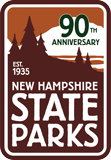By Simone Maule, Interpretive Ranger at Crawford Notch State Park and Ellacoya State Park
The white birch (Betula papyrifera) was designated as the state tree by the New Hampshire legislature in 1947. That same year Evelyn W. Cortez wrote about the decision in an article titled “Queen of the Woods” in the New Hampshire Troubadour, a monthly government magazine:
“There are several reasons for choosing the white birch for the state tree. Not only is it native to New Hampshire – a first consideration – but it is found in all regions of the state, growing as it does on rich-wooded slopes and along the borders of lakes and streams. It is a characteristic part of the scenery.”
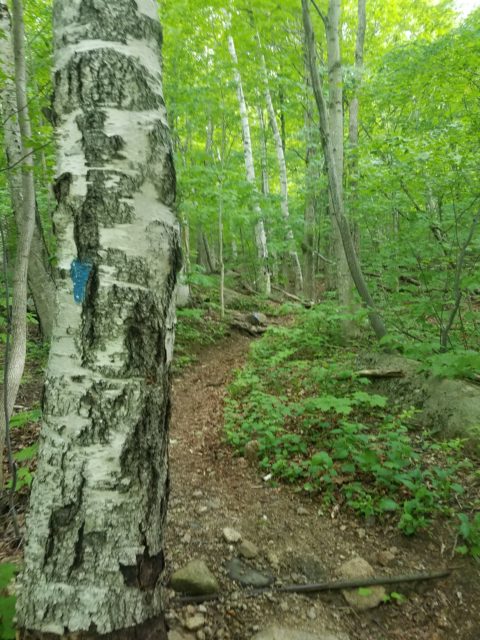
The white birch is indeed a characteristic part of New Hampshire’s landscape, distinctive from other tree species due to its striking white bark which stands out against the otherwise brown and green hues of the forest. So what makes the white birch such a hallmark species of New Hampshire?
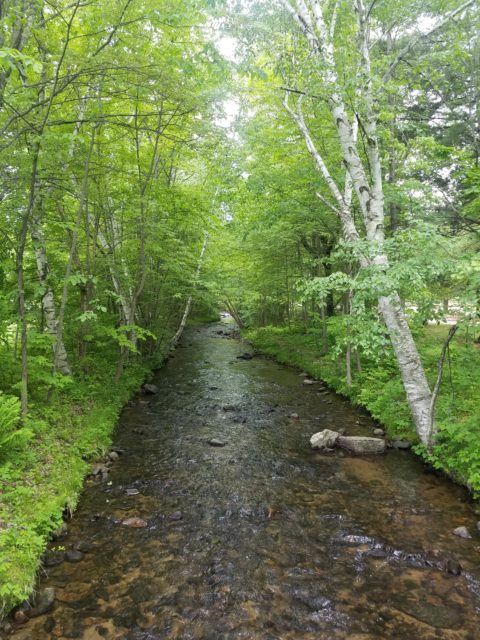
White birch owes its appearance and some of its more interesting features to an organic compound called betulin. Betulin gives white birch its immediately recognizable white bark; which is quite fortunate as the color is what helps it survive the cold New Hampshire winters. White birch has rather thin bark and during the cold winter months the sapwood (soft outer layers of the tree that contain the vascular tissue) freezes beneath the bark. If the bark was a darker color, it would absorb the winter sun during the day which in turn would warm and thaw the sapwood. The return of colder temperatures and darkness during the night would reverse the process and freeze the sapwood once the sun had set. This constant freeze-thaw action would result in the bark cracking, leaving the tree more susceptible to disease and destruction. However, since the bark is lighter in color, it reflects the sun’s rays and the sapwood remains a constant temperature through the winter months.
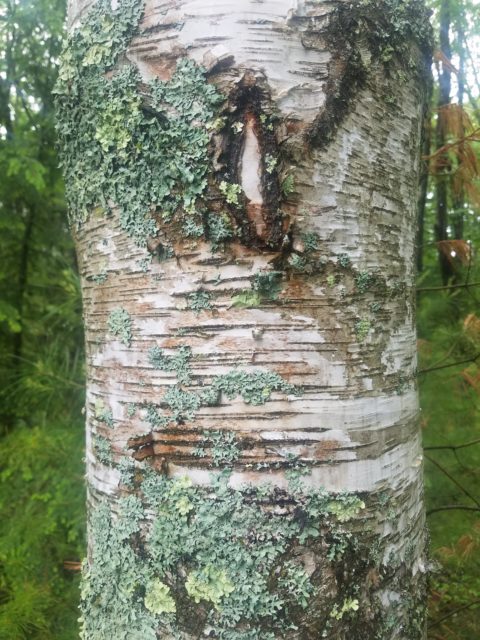
Betulin is also a hydrophobic molecule which means that it is “water-fearing,” or, more simply that it repels water. This makes it a highly flammable material; as many campers know, white birch bark is an excellent fire starter. Aside from its flammability the hydrophobic nature of betulin also makes the interior of white birch bark water resistant. This feature of white birch made it a highly useful building material to the indigenous peoples of New Hampshire and the surrounding region. White birch was used to construct birch bark canoes. It was also used to build wigwams, which were the primary dwellings of New Hampshire indigenous peoples.
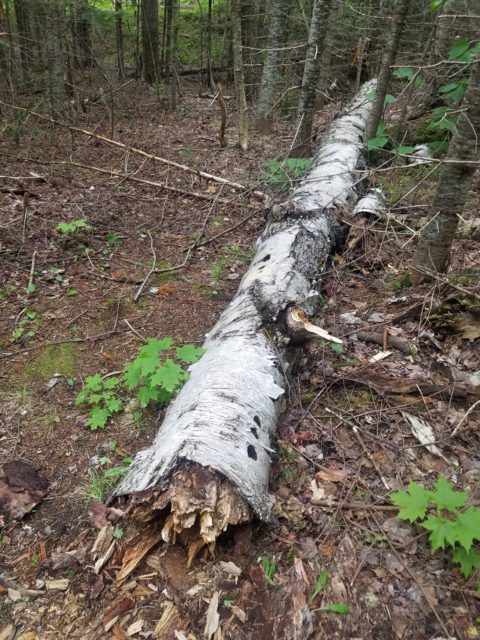
The incredibly diverse geographic range of the white birch in New Hampshire, its amazing adaptation to extreme cold, and its cultural significance as both the state tree of New Hampshire and as an integral part of New Hampshire indigenous culture make it a truly remarkable tree. So next time you are driving down the highway, hiking along a trail, or simply enjoying the view from a scenic vista keep an eye out for the white birch. It should be pretty easy to spot.
